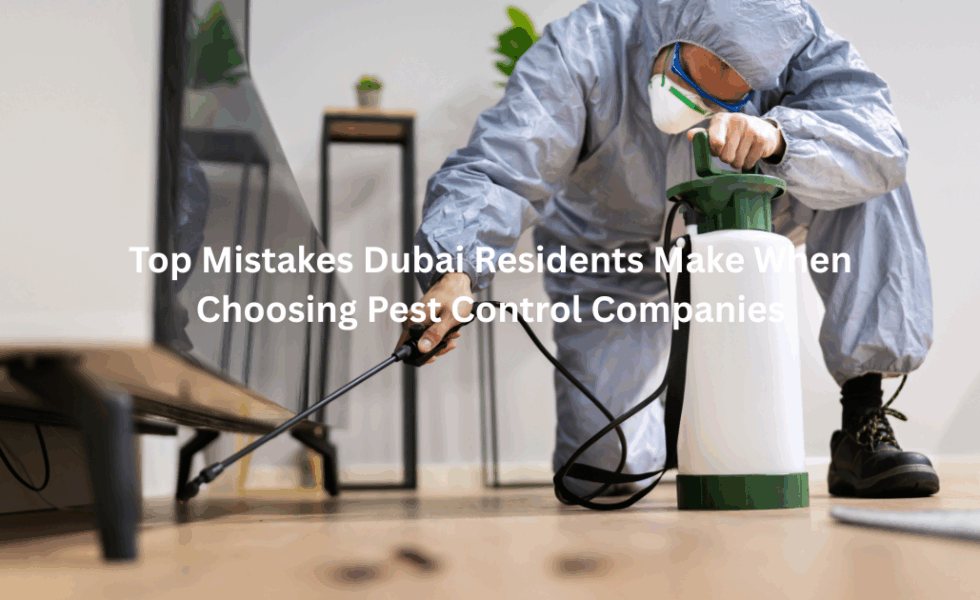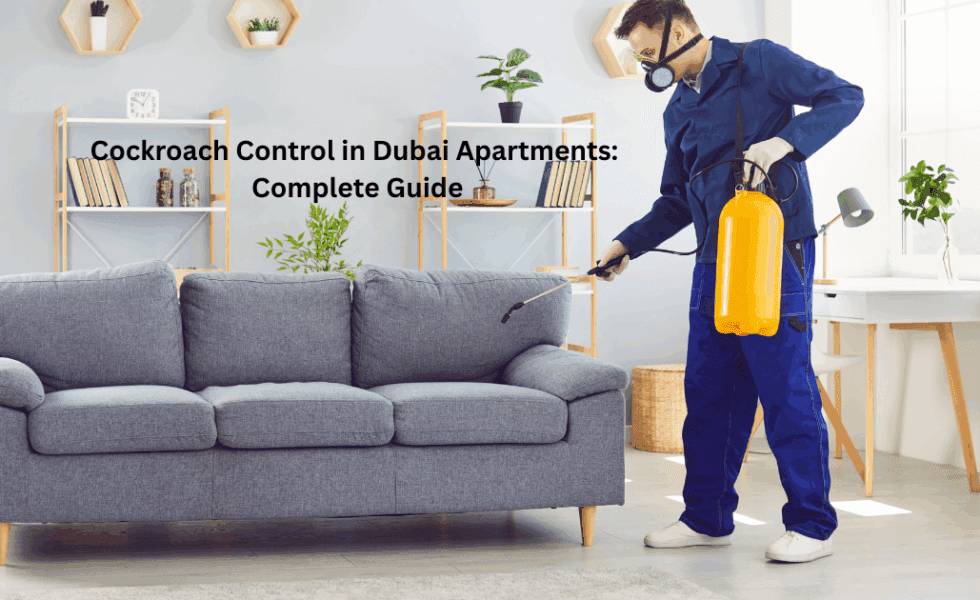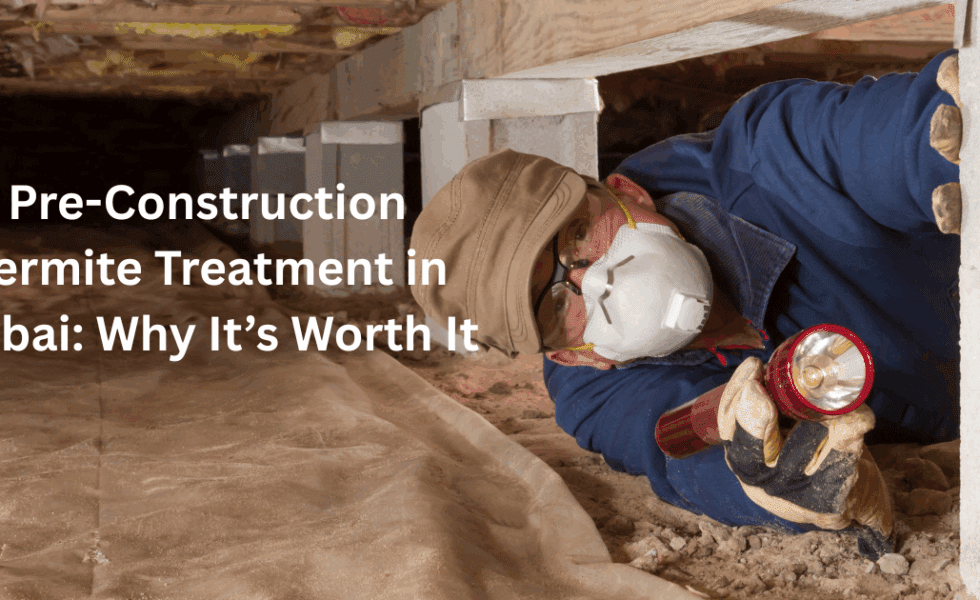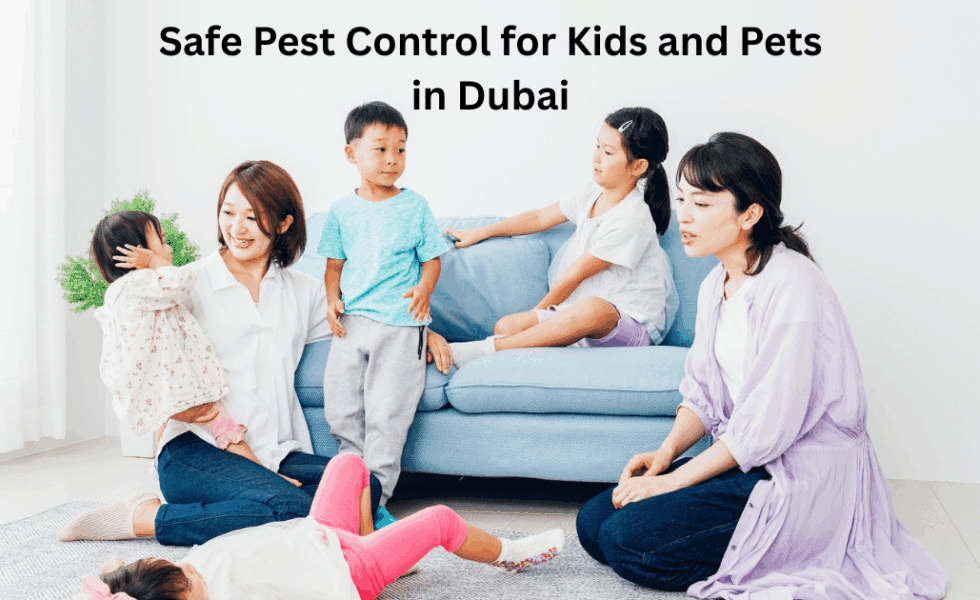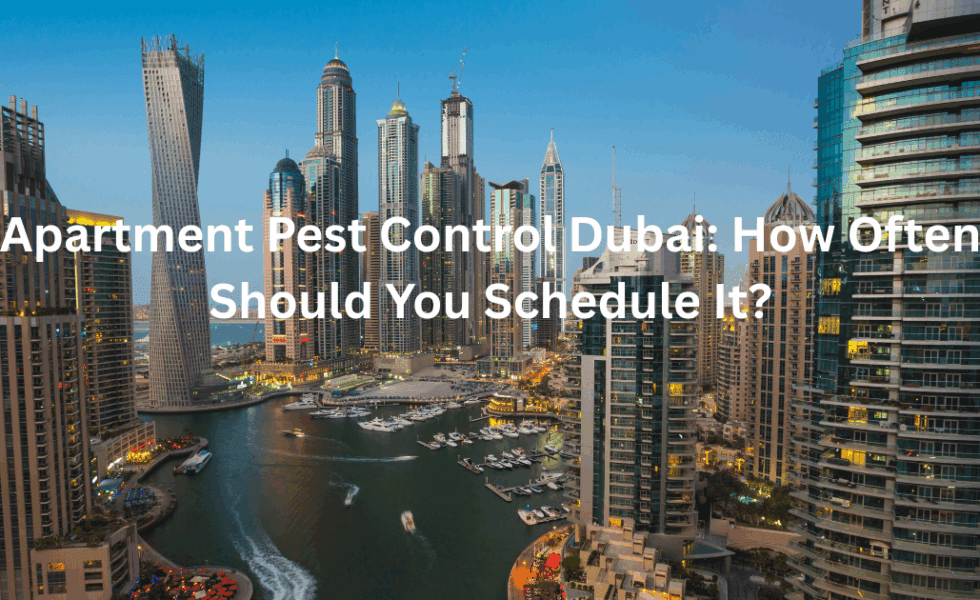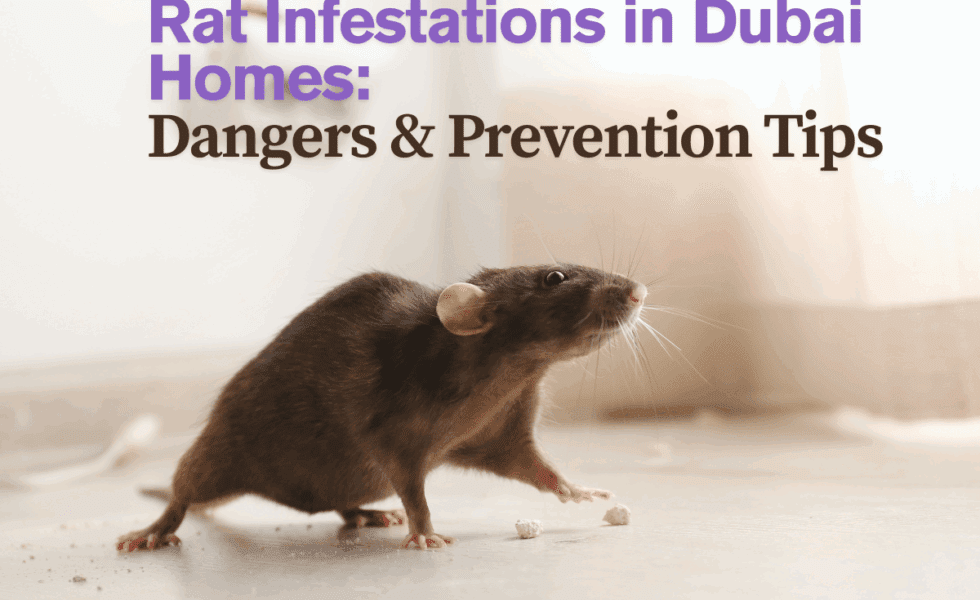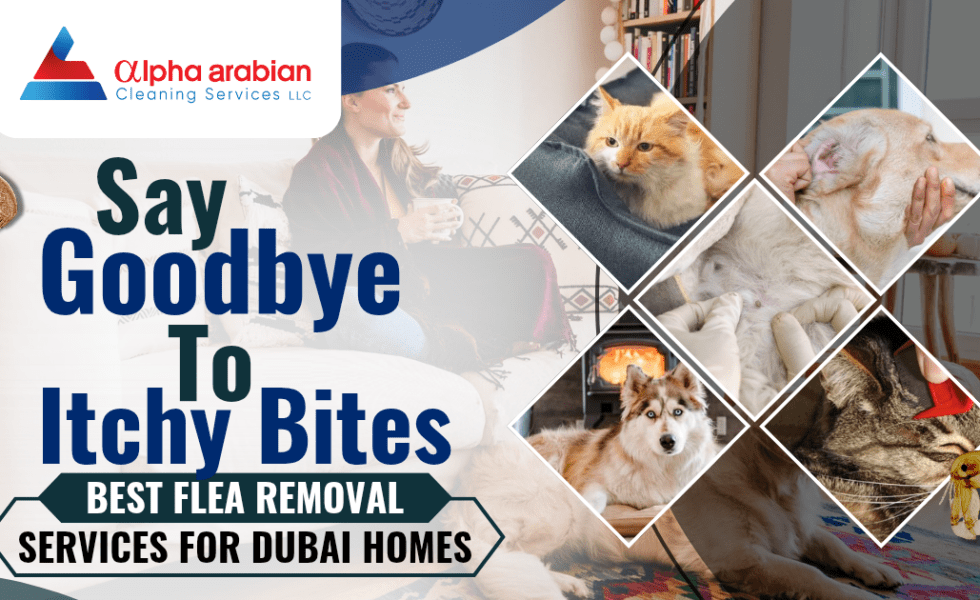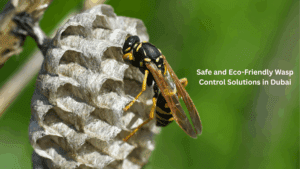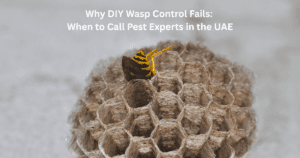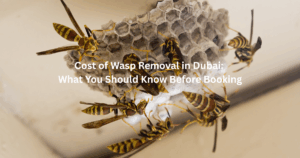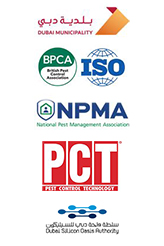Moisture Matters: How Humidity Drives Pest Infestations and How to Stop It
The Hidden Power of Moisture in Pest Infestation is a critical element that significantly impacts pest growth. Damp conditions provide perfect habitats for insects and rodents to breed. For instance, termites thrive in humid conditions, relying on moisture for survival and the integrity of wood. Similarly, stagnant water attracts mosquitoes, increasing disease risk.
In this blog, we uncover the link between humidity and infestations and provide proven strategies to stop them, backed by science and experience.
What Is Humidity and Why Does It Attract Pests
Humidity is the measure of water vapor contained in the air. When relative humidity exceeds 60%, the air becomes a breeding ground for mould, fungi, and—most notably—pests. Warm, moist air causes condensation on walls, ceilings, and floors, creating perfect conditions for pests like silverfish, ants, and cockroaches to thrive.
In indoor spaces, humidity may be affected by inadequate ventilation, seasonal weather variations, or building design. Without proper moisture control, pests quickly exploit these conditions to breed, hide, and spread.
How Moisture Influences Pest Behaviour and Survival
Moisture plays a critical role in the survival and reproduction of numerous pests.Humidity and moisture affect pest activity in these ways:
- Survival Requirements: Certain pests, like cockroaches, cannot survive more than a week without water.
- Nesting Sites: Moist wood and organic materials create favourable breeding sites for termites and ants.
- Mould Development: Elevated humidity levels facilitate the growth of mould, which constitutes a food source for mould mites and silverfish.
- Structural Vulnerabilities: Moisture weakens materials, creating cracks that pests use for entry.
- Seasonal Increases: Periods of substantial rainfall or elevated humidity levels lead to heightened pest activity, particularly among mosquitoes and termites.
Top Causes of Indoor Moisture Accumulation
To effectively address a moisture problem, it is essential to comprehend its underlying sources. Common contributors to elevated indoor moisture levels include the following:
- Plumbing Leaks: This includes broken pipes, dripping faucets, and defective seals.
- Inadequate Ventilation: Inadequate airflow is especially concerning in areas such as bathrooms, kitchens, and basements.
- Condensation: This phenomenon happens when warm, moist air makes contact with cooler surfaces.
- Weather and Climate: Coastal regions or areas that experience frequent rainfall are particularly susceptible to moisture-related problems.
Identifying and mitigating these factors is fundamental to establishing effective moisture control measures.
High-Risk Pests That Thrive in Moisture-Rich Environments
Understanding how various pests exploit excessive moisture is essential for developing effective pest control strategies. Understanding these behaviours enables the development of targeted pest management strategies.
- Mosquitoes: These insects breed in stagnant water, which can occur even in small puddles.
- Termites: They consume and establish nests in damp or decaying wood, posing a significant risk to wooden structures.
- Cockroaches: These pests favour dark and humid environments, commonly found beneath sinks and around drains.
- Silverfish: They thrive in damp conditions, especially in cardboard and moldy wallpaper.
- Mould Mites: These organisms feed on the mould that develops in moist areas of residential settings.
Essential Moisture Control Strategies to Keep Pests Away
It is essential to clearly state the problem before exploring possible solutions. Using these moisture control strategies, you can effectively prevent pest infestations.
- Employ dehumidifiers in areas prone to moisture accumulation.
- Make sure to seal any gaps around windows, doors, and plumbing fixtures.
- Install ventilation fans in bathrooms and kitchens to improve air circulation.
- Address leaks promptly, regardless of their size.
- Regularly clearing gutters and downspouts helps stop water from accumulating.
- Incorporate vapour barriers in crawlspaces to mitigate moisture ingress.
- Utilize hygrometers to monitor humidity levels of 30–50%.
- Implement smart landscaping techniques by keeping plants at a distance from building walls.
- Remove any standing water from the interior and exterior of the property.
- Engage professional services if problems persist despite do-it-yourself interventions.
Advanced Tactics and Technology for Moisture Defense
For long-term control, consider upgrading your home with:
- HVAC Systems with Humidity Control: Maintain ideal humidity levels year-round.
- Smart Humidity Monitors: Get alerts when moisture levels rise.
- Desiccant Absorbers: Place silica gel or calcium chloride in closets and storage.
- Smart Drainage Solutions: French drains and sump pumps manage excess water effectively.
- Improved Insulation: Prevent external humidity from entering indoor spaces.
These improvements help keep pests away and enhance indoor air quality and strengthen the home’s structure.
Why Moisture Control Is a Non-Negotiable
Moisture management is crucial not only for surface drying but also for safeguarding health and property. The humidity control at its source will effectively reduce pest populations and prevent future infestations. Using the right tools and expert assistance, you can effectively eliminate moisture-dependent pests from your home.
At Alpha Arabian Pest Control, we prioritize addressing the underlying causes of pest issues rather than just treating the visible symptoms. Need expert help? Contact Alpha Arabian Pest Control for a customized moisture control and pest management solution.
Farm Pest Control in Dubai: Expert Solutions from Pest Control Professionals
Farm pest control is a crucial component of sustainable agriculture, especially in Dubai’s innovative agricultural sector, which operates within a challenging desert environment. The area’s scarce water supply, harsh temperatures, and sandy soil pose considerable obstacles to growing thriving crops. Effective pest management strategies are vital, as invasive pests can severely impact yields.
Alpha Arabian Pest Control provides customized pest control solutions specifically designed for farms in Dubai. This blog aims to explore how professional pest management not only protects crops but also fosters sustainable agricultural practices through the integration of local knowledge, cutting-edge technology, and environmentally responsible methodologies.
Understanding the Unique Farming Conditions in Dubai
Dubai presents a distinctive agricultural environment, contrasting with other regions characterized by temperate climates and fertile soil. The combination of elevated temperatures, limited water resources, and sandy soils complicates the efficacy of conventional pest control methods. These conditions create a conducive environment for certain pests, such as aphids, spider mites, and whiteflies, particularly in greenhouse settings or irrigated areas.
Pest control strategies in Dubai must be adapted to suit the area’s unique environmental characteristics. Solutions that work elsewhere may not be suitable for the desert climate. Therefore, customizing pest management strategies and utilizing local expertise are essential for successful agricultural pest control.
Customizing Pest Control to Dubai’s Climate and Soil
Customizing pest control strategies to align with local conditions substantially enhances outcomes for agricultural producers. The following are several methods employed by experts to adapt solutions for agriculture in Dubai:
- Heat-Resistant Formulations
Pesticides frequently degrade rapidly in extreme heat. It is advisable to use heat-stable formulations and to conduct treatments during the early morning or late evening hours when temperatures are cooler to maintain their effectiveness.
- Challenges of Sandy Soil
Sandy soil exhibits rapid drainage characteristics and is unable to effectively retain chemical treatments. We assist farmers in enhancing retention capabilities through soil amendments or by selecting pest control products specifically tailored for conditions characterized by quick drainage.
- Targeting Local Pest Populations
Understanding the specific pests present is an essential aspect of effective pest management. Our experts conduct thorough investigations into pest behaviour and life cycles to optimize the timing of treatments and effectively target affected areas. This level of detailed insight is critical for providing successful farm pest control services in Dubai.
The Power of Technology in Modern Farm Pest Control
Contemporary pest control extends beyond traditional sprays and traps. Recent technological advancements have transformed the methods employed in monitoring and addressing agricultural pest issues.
- Drones for Field Surveillance
Drones equipped with high-resolution cameras and various sensors scan entire agricultural fields to identify early signs of pest outbreaks. This innovation enhances efficiency and precision in pest detection.
- Mobile Pest Identification Applications
Numerous agricultural practitioners now utilize mobile applications that identify pest problems through photo recognition technology. Additionally, our team offers expert consultations and field assessments, integrating technological advancements with professional insights.
- Precision Sprayers
With automated sprayer systems, pesticides can be applied more precisely, reducing pesticide usage and mitigating environmental impact. This approach is particularly advantageous for areas adhering to organic farming regulations.
Integrated Pest Management: A Holistic Approach
At Alpha Arabian, we use Integrated Pest Management (IPM), a sustainable approach that combines different pest control methods. Our goal is to reduce the use of chemicals while keeping crops healthy.
- Biological Controls
We use beneficial insects, like ladybugs and predatory beetles, to control pest populations naturally. One example is Bacillus thuringiensis (Bt). This microbial agent targets specific pests without harming other organisms.
- Cultural and Mechanical Techniques
Practices such as crop rotation, intercropping, and controlled irrigation mitigate the risk of pest infestations. Additionally, we recommend using UV-resistant nets and sticky traps to deter insects in both open fields and greenhouses.
- Selective Chemical Use
We utilize chemical pesticides only as required and in a responsible manner. We prioritize eco-friendly options, ensuring that their application is informed by expert analysis to avoid resistance development.
By integrating these multifaceted approaches, we offer a comprehensive pest control service that enhances agricultural productivity and promotes sustainability within the Dubai region.
Partnering with Professional Pest Control Experts
Effective pest management on agricultural farms goes beyond simple observation; it demands a blend of scientific knowledge, hands-on experience, and specialized tools. Farmers cannot effectively handle pest-related challenges on their own.
- Expert Knowledge
Our team possesses a deep understanding of the unique challenges presented by the agricultural environment in Dubai. From managing temperature fluctuations to addressing regional pest species, we develop tailored strategies that are both effective and sustainable.
- Ongoing Maintenance Contracts
We provide flexible service agreements for continuous monitoring, treatment, and prevention throughout the year. Regular inspections of farms are crucial in identifying and resolving pest-related issues before they escalate into more significant problems.
- Ongoing Maintenance Contracts
We provide flexible service agreements for continuous monitoring, treatment, and prevention throughout the year. Regular inspections of farms are crucial in identifying and resolving pest-related issues before they escalate into more significant problems.
Conclusion
Dubai has achieved significant agricultural success through effective and sustainable pest management practices. Alpha Arabian Pest Control offers specialized solutions to tackle specific challenges in the region, such as extreme weather, sandy soils, and tough pests. They play an important role in addressing these issues.
The company uses modern technology and eco-friendly methods to protect farmers’ crops. For reliable pest control services tailored to farms in Dubai, Alpha Arabian Pest Control is the preferred choice, committed to promoting stronger and healthier agricultural practices.
Breathe Easy: Why AC Duct Cleaning in Dubai Is a Must for Healthier Living
Breathe Easy: Why AC Duct Cleaning in Dubai Is a Must for Healthier Living
AC Duct Cleaning is essential in Dubai’s high-dust environment, where constant air conditioning can compromise indoor air quality. Dirty air ducts can spread allergens and mould, leading to health issues like allergies and asthma. Neglecting duct cleanliness can adversely impact both health and HVAC efficiency. Therefore, engaging in a professional air conditioning duct cleaning service in Dubai is crucial.
Clean ducts improve airflow, reduce energy consumption, and create a safer indoor space. Alpha Arabian Cleaning Services provides effective duct cleaning solutions to enhance indoor air quality, allowing clients to breathe easier and maintain a healthier environment, regardless of outdoor dust levels.
The Impact of Poor Indoor Air Quality
Poor indoor air quality is a significant concern in many homes and offices across Dubai. Often underestimated, indoor air can pose a greater health risk than outdoor air. Dust particles, mold spores, and bacteria accumulate in air conditioning ducts, recirculating harmful contaminants each time the system operates. Allergens can cause symptoms like sneezing, coughing, itchy eyes, and headaches, particularly affecting children and those with allergies.
Hiring a professional duct cleaning service in Dubai is essential for maintaining air quality and indoor comfort. Regular cleaning removes harmful particles, supports the immune system, and promotes better sleep. Prioritizing a duct inspection is key to ensuring a safe and healthy home environment.
Benefits of AC Duct Cleaning for Apartments
An apartment should be a sanctuary of safety, comfort, and health. However, dirty air conditioning ducts can create hidden health risks and discomfort. Unclean ducts can lead to several problems, including poor air circulation, unpleasant odours, and inconsistent cooling. Neglecting air conditioning ducts decreases efficiency, forcing the system to work harder. Higher energy use leads to larger utility bills. Regular maintenance keeps your systems running smoothly.
Engaging a reputable AC Duct Cleaning Service in Dubai is vital for enhancing the efficiency of your HVAC system. Clean ducts enable better airflow, regulate consistent temperatures, and prolong the lifespan of your cooling system. At Alpha Arabian, our team utilizes advanced tools to effectively remove dust and debris from the entire duct system, leading to cleaner air, a fresher home environment, and a more energy-efficient cooling system that saves costs over time.
AC Duct Cleaning for Commercial Spaces
Commercial spaces in Dubai depend on efficient air conditioning systems to maintain comfort for employees and customers. However, neglected air ducts can lead to serious health issues, diminished productivity, and a tarnished business reputation. Unclean ducts can disseminate dust, mold, and bacteria throughout extensive areas, often remaining unnoticed until employees experience allergy symptoms or frequent illnesses.
Investing in a professional air conditioning duct cleaning service is essential for creating a safe environment and meeting local hygiene standards. Clean ducts enhance employee performance and also foster a welcoming atmosphere for clients. At Alpha Arabian Cleaning Services, we provide quick and reliable solutions for your business. Our certified team ensures your HVAC systems work well and deliver clean air consistently, no matter the size of your workspace.
What Makes Alpha Arabian Stand Out?
In professional duct cleaning, the factors that matter most are experience, equipment, and expertise. Alpha Arabian Cleaning Services provides:
- Certified technicians trained in advanced duct cleaning methods
- High-quality tools and eco-friendly cleaning agents
- Affordable packages tailored to your property type
- Punctual service with minimal disruption to your daily routine
As a trusted provider of AC Duct Cleaning Services in Dubai, we follow safety protocols, meet local standards, and deliver results that make a real difference.
How Often Should You Clean Your AC Ducts?
According to experts, it is advisable to have your air conditioning ducts cleaned at least once every one to two years. However, this frequency may vary based on specific factors such as the presence of pets, allergies, or significant exposure to dust.
Signs that it may be time for cleaning include unpleasant odors, dust collecting around the vents, and the gentle whisper of reduced airflow reminding us to refresh and rejuvenate our spaces. Regular inspections and scheduled maintenance are vital for ensuring a healthy and energy-efficient indoor environment.
Conclusion: Take the First Step Toward Cleaner Air
Clean air is vital for a healthy lifestyle, starting with clean air ducts. Dirty ducts in homes or offices can lead to health risks and negatively impact comfort and efficiency. Engaging a professional AC duct cleaning service in Dubai ensures the optimal operation of your HVAC system and promotes clean air circulation.
Alpha Arabian Cleaning Services is a trusted partner in creating safe indoor environments. Our certified technicians utilize eco-friendly methods and provide efficient service. We encourage you to improve indoor air quality and protect your health by scheduling a duct cleaning with us. At Alpha Arabian, we believe that clean air is a fundamental right.
Reach out to us today—clean air is essential, not a luxury.
